

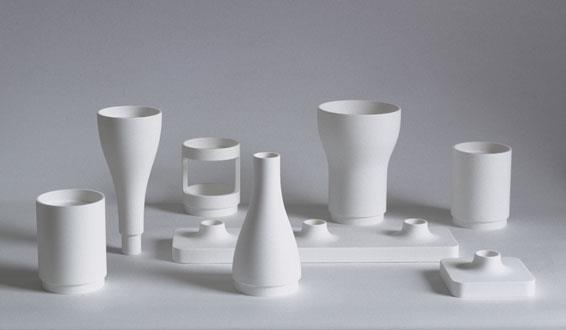
RONAN & ERWAN BOUROULLEC
ロナン&エルワン·ブルレック
Ронан и Эрван Буруллек
Буруллек братья
Vases Combinatoires







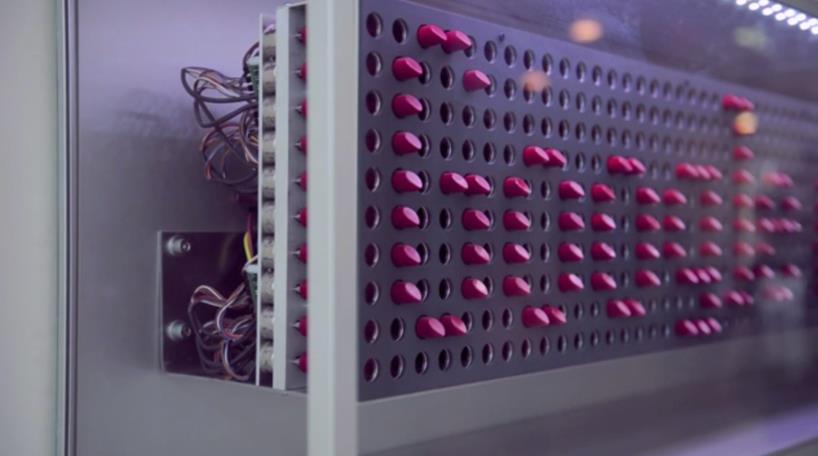
DAVID SZAUDER AKA PIXEL NOIZZ
ghost_2
El artista húngaro David Szauder, conocido como Pixel Noizz, indaga los rincones de la memoria donde las ideas y los recuerdos se fragmentan, y traduce estas composiciones en fotografías “dañadas”. La serie de Szauder, que lleva por nombre Failed Memories, explora la “naturaleza imperfecta de la memoria”, la que coarta la imagen clara de los pensamientos que generamos. Cuando por alguna causa física o emocional se pierden trozos de alguno, estas lagunas inundan la imagen y la vuelven borrosa.

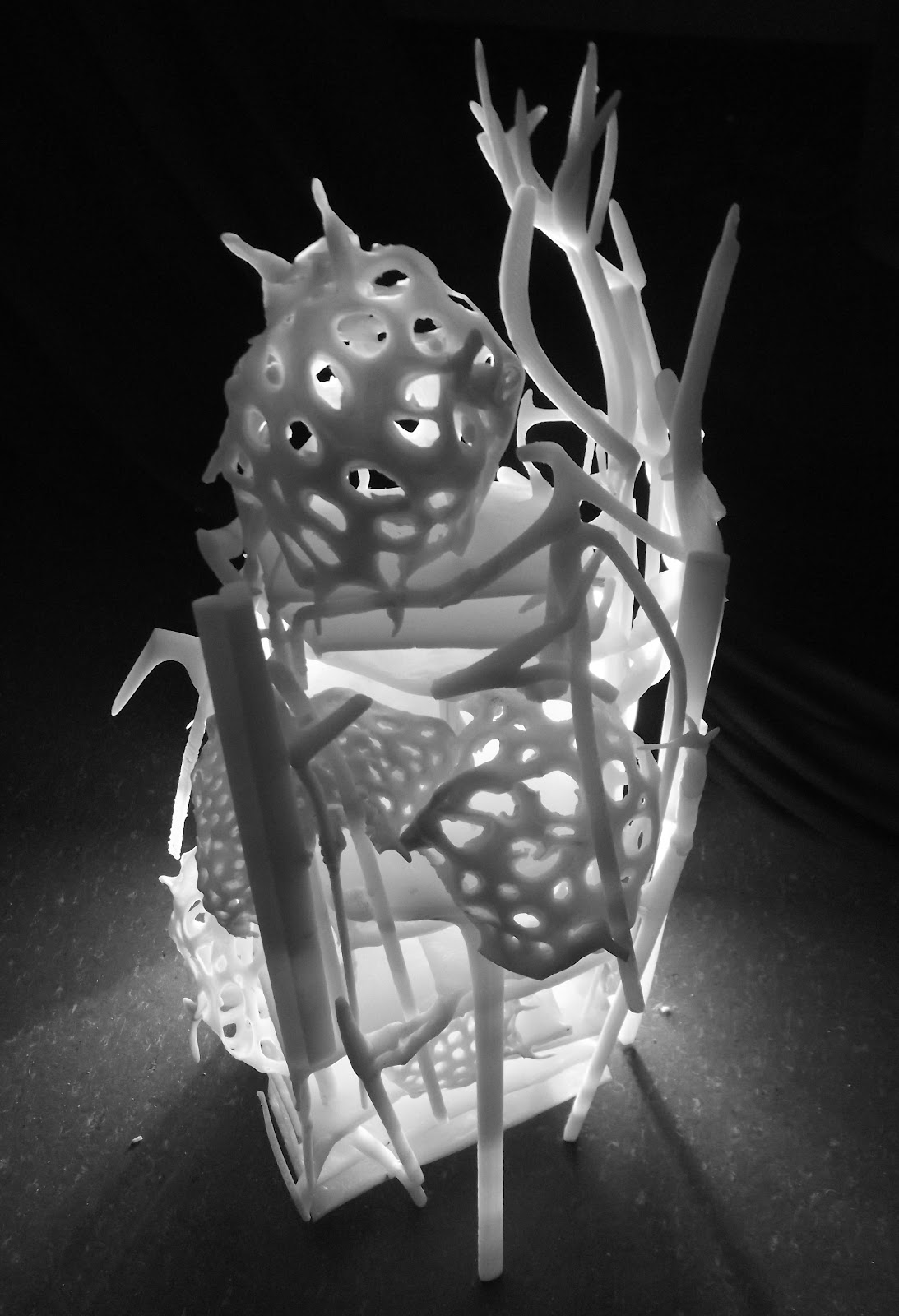
Shahira Hammad
ШАХИРА ХАММАД
Excessive


Richard Wentworth
ريتشارد وينتوورث
リチャード·ウェントワース
ריצ’רד וונטוורת
Ричард Вентворт
Wentworth’s sculpture takes as its subject the semantics of the everyday world, taking readymade and frequently incongruous objects and arranging them in a fashion that forces us to recognise the drama inherent in that which we too easily dismiss as routine. His photography captures the unusual or counter-intuitive behaviour of things, treating the (generally urban) landscape as consisting of readymade works that merit the same attention as more traditional art objects.
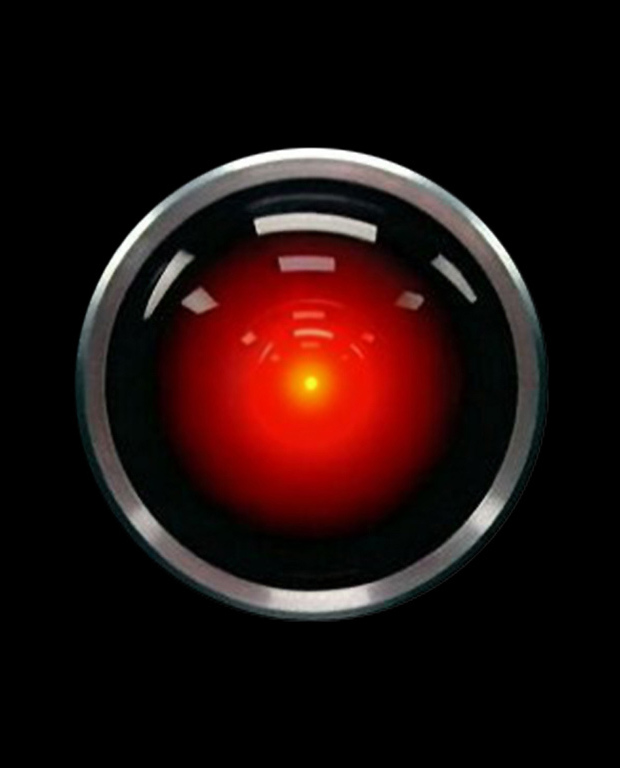


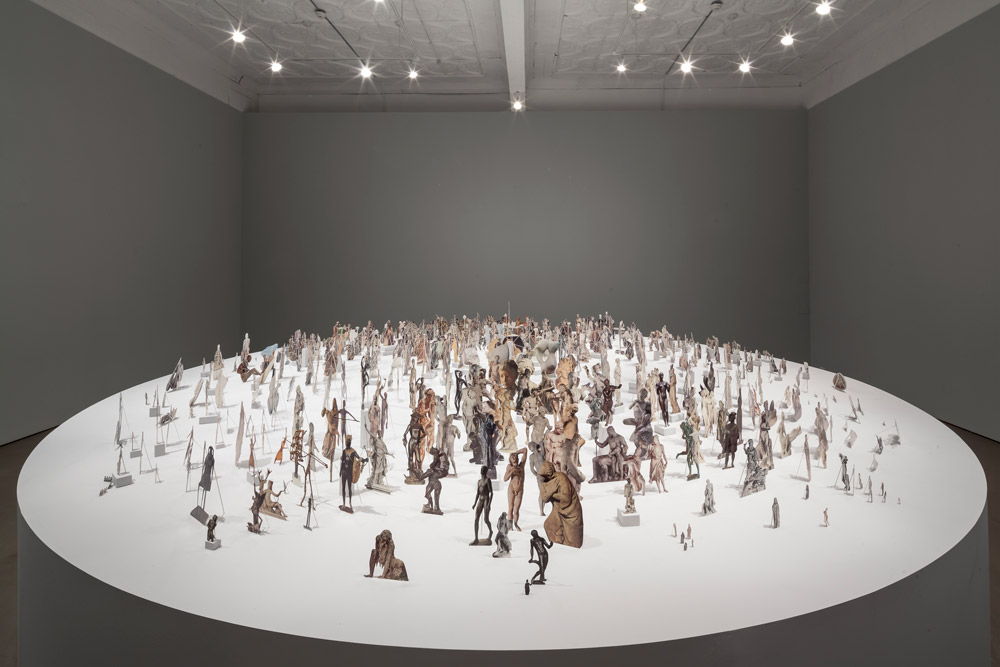
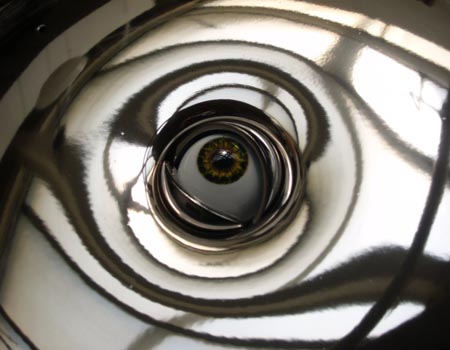

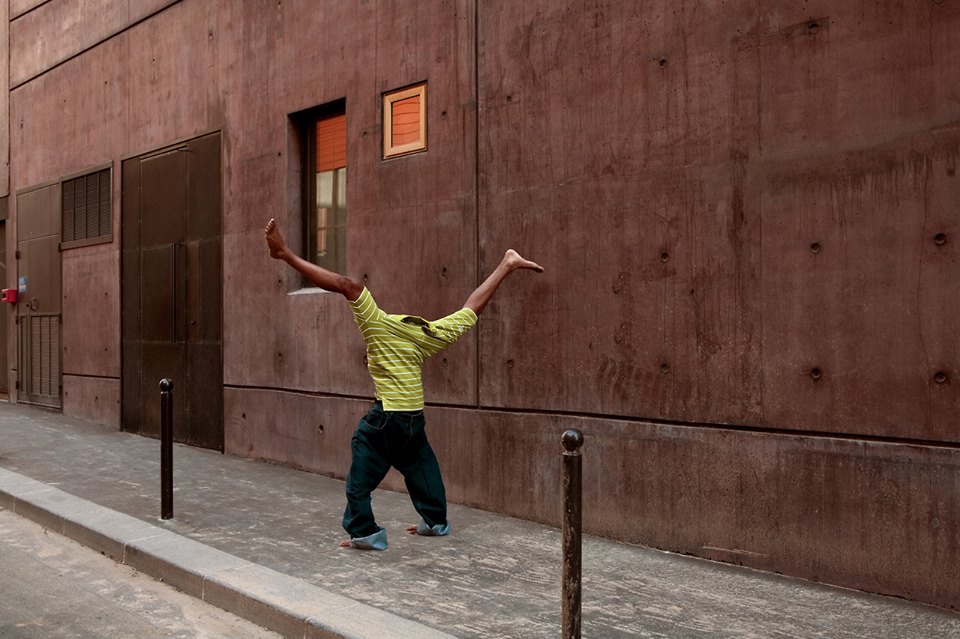


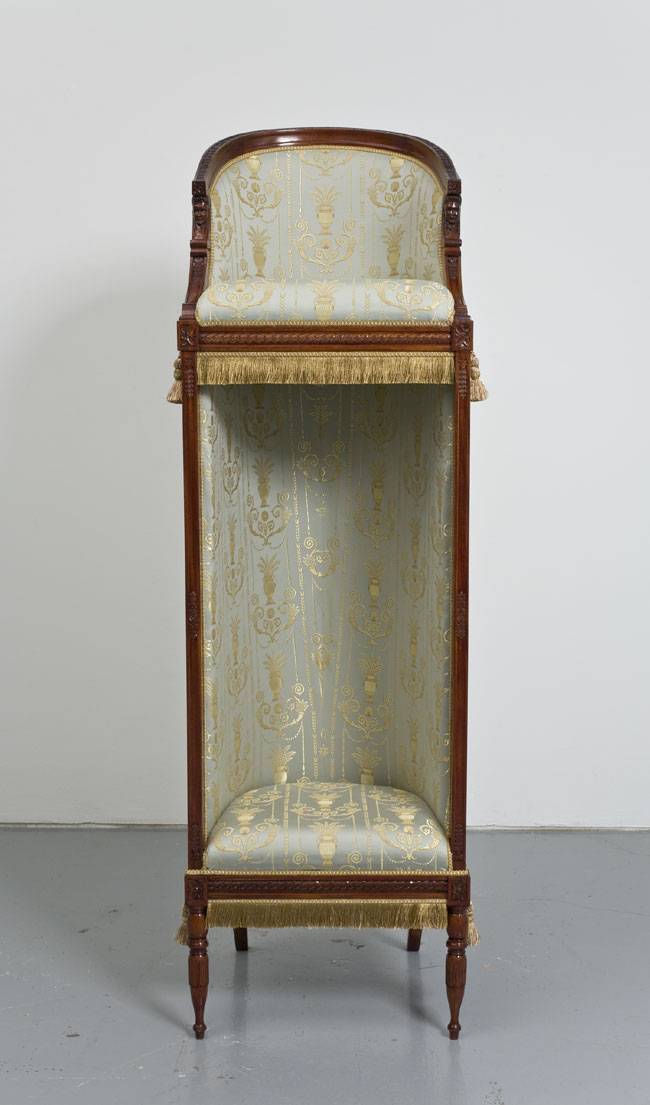

Leslie Henshaw
Chromatophores Collection
“Chromatophores are the cells that give some creatures of nature the miraculous ability to change their colour to protect themselves,” says Leslie. “Like chameleons, jellyfish, cuttlefish and frogs they can change from muted tones into brightly coloured and vibrant stripes or patches of colours that are mesmerising. With this collection I imagined what it would be like if humans could perform this amazing feat with their hair.”
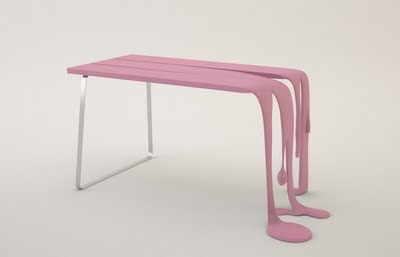
FLORENT DEGOURC
Smoothie and Colorful Table




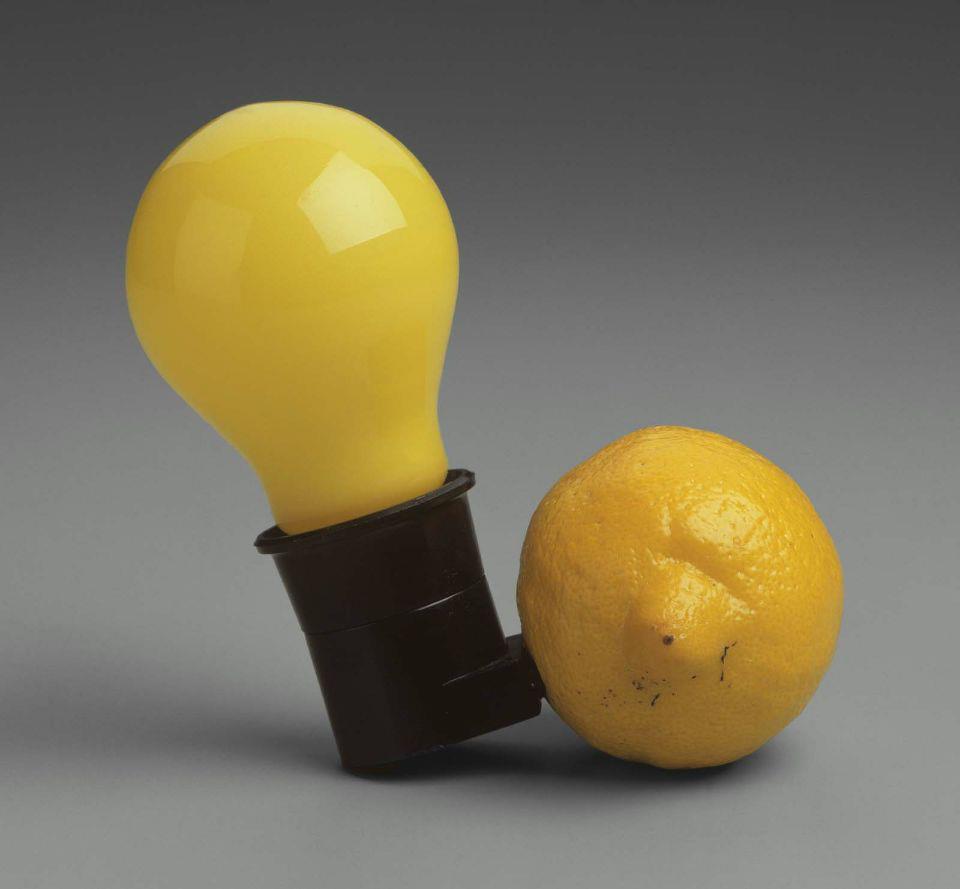



Saburo Teshigawara
倉庫勅使川原
Metamorphosis
Saburo Teshigawara´s Metamorphosis, inspired by Kafka‘s novels, is an art work filled with pain and breathtaking beauty. At its centre is the body’s constant changes, the cells’ constant renewal – the metamorphosis: “Even when we believe we are completely still, our bodies are moving. That movement is life. To stop is to die. Life is like cycling – if you stop you lose your balance and fall over. Life is balance in motion.”

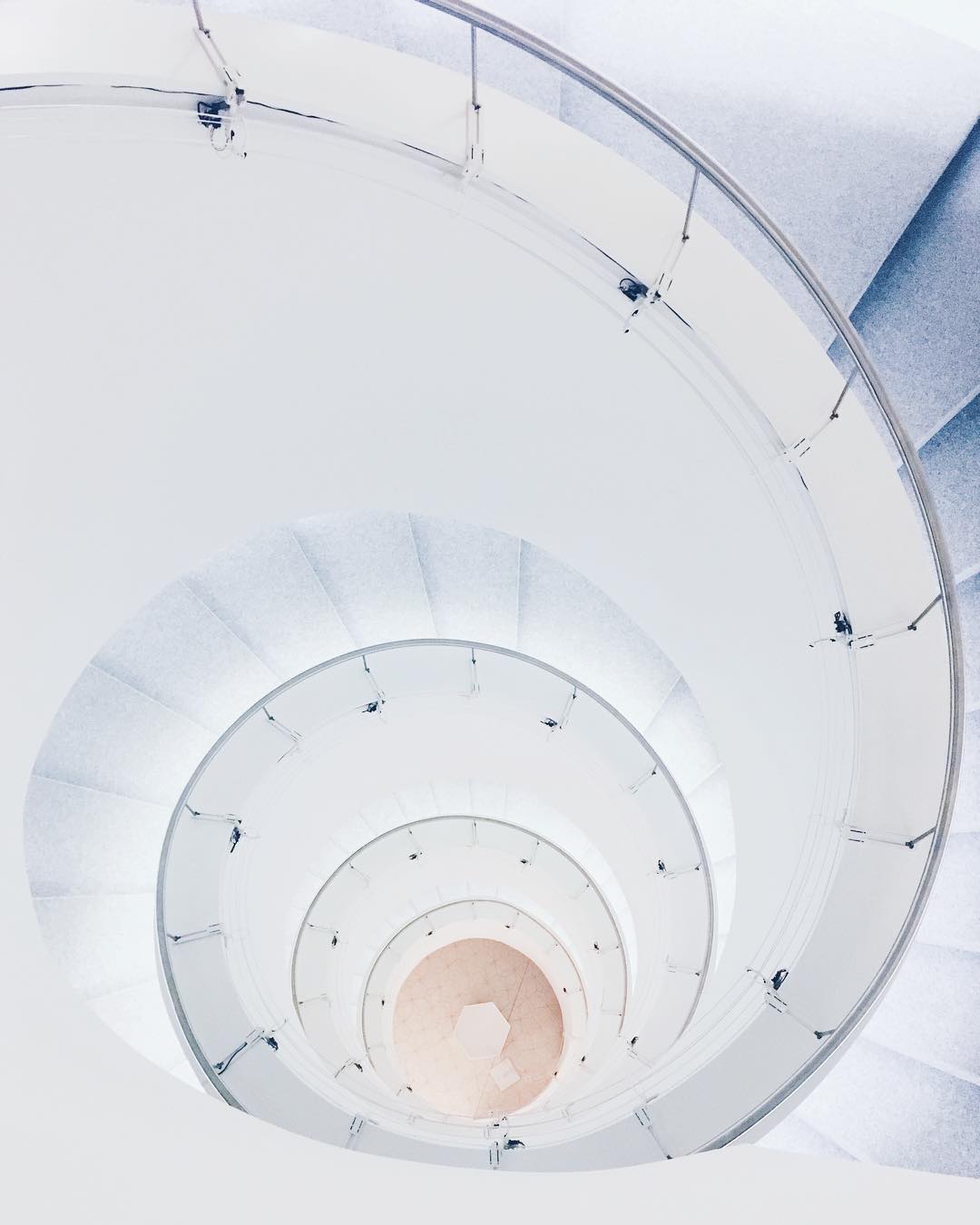
panGenerator
SPIRALALALA
The audience has been invited to experiment with various spatialised sound effects applied to their vocalisations that were synchronised with the movement of the balls falling along 35m long track. The interaction starts with insertion of the ball into the microphone. Then recording starts and after the recorded sound stops the ball is released to slide down along the track.

RICHARD HARVEY AND KEIVOR JOHN
FLOATING ORCHESTRA
‘floating orchestra’ by london-based poietic studio (richard harvey and keivor stainer) is an unconventional electronic
instrument controlled by iPhone. the orchestra is composed of levitating balls whose physical height determines their volume.
although the studio intends that future renditions of the project are controlled via gestures, in the current model an iPhone
application permits users to adjust the sounds and height and angle of the raising balls.



Katja Heitmann
Museum Motus Mori
“In 2018 we started our new project Motus Mori, in which Katja is going to research and preserve movements which are in danger of extinction. Motus Mori is a longterm project (2018-2020) that consists of an ungoing research with multiple presentations like a choreographical TED-talk, mobile movement laboratories, field researches with divers groups of people, large movement expositions, city- rituals… This way Katja and her team will work on a growing collection of endangered human movements.”


EUNJOO SHIN
Vocal Trio
FILE FESTIVAL
“Vocal Trio,” which consists of three musical instruments, transforms the voice of a singer or a speaker received through a mike into a sound of each musical instrument while maintaining the same rhythm and musical scale. A pipe horn, which looks like a long trumpet or pipe, makes a deep and low-tone horn sound. A water bell, which looks like a water drop, makes a clear bell-sound, and a leaf flute, which looks like a leaf, makes a reed pipe sound. The spectator’s voice is transformed into the sound of a musical instrument by means of a microcontroller chip. The microcontroller chip of each musical instrument makes a sampling of his or her voice’s frequency. A sampling of the voice made through frequency data is sent to midi chips, which transform it into the sound of a particular musical instrument and the sound is released through the speakers.
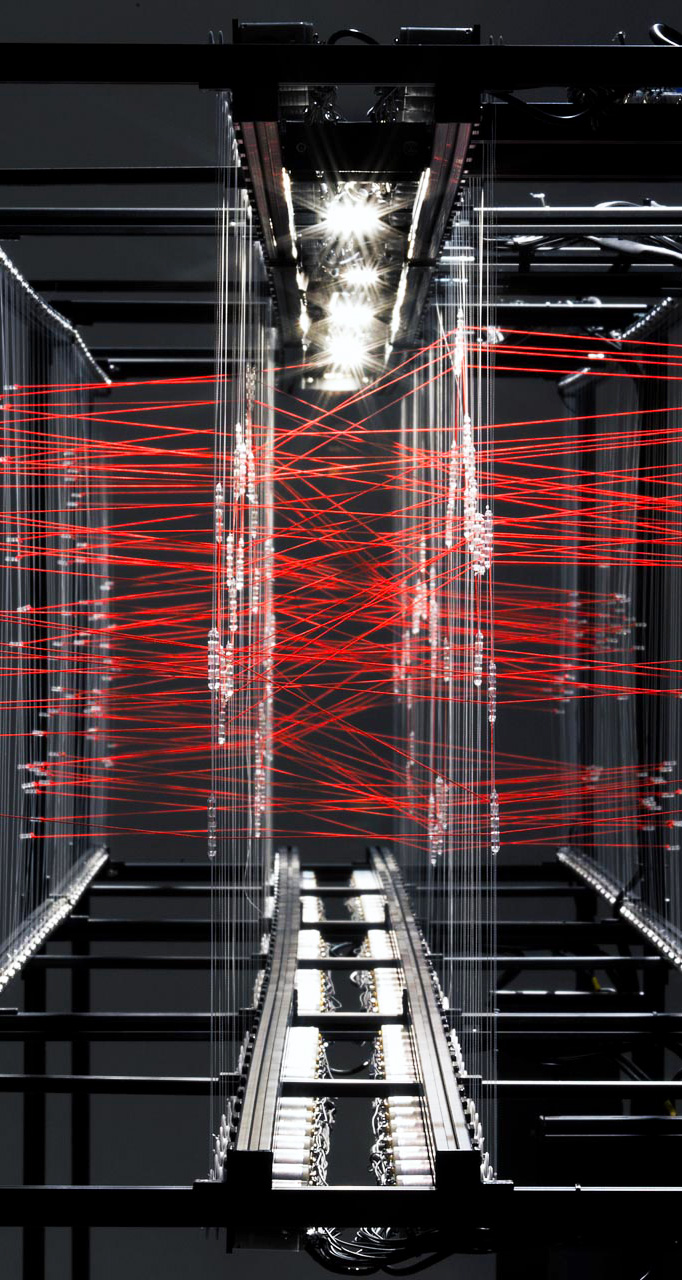
RALF BAECKER
Schnittstelle
Schnittstelle I untersucht die Grenze zwischen zwei interagierenden Systemen, die in das Physische übertragen werden. Jedes System besteht aus Motoren, Saiten und Gummibändern, die horizontal angeordnet sind. Die beiden Einheiten stehen sich vertikal gegenüber (eine oben, eine unten). Jeder Motor einer Ebene (oben, unten) ist mit einer Schnur mit seinem Gegner verbunden und trifft sich in der Mitte. Beide Motoren ziehen ihre Schnur in die entgegengesetzte Richtung (wie bei einem Tauziehen). An der Verbindungsstelle der Saiten verbindet ein Netz aus Gummibändern die Saite mit ihren Nachbarn. Das Netz koppelt jedes Element mit seinen umgebenden Elementen, um ein lokales emergentes Verhalten zu erreichen.
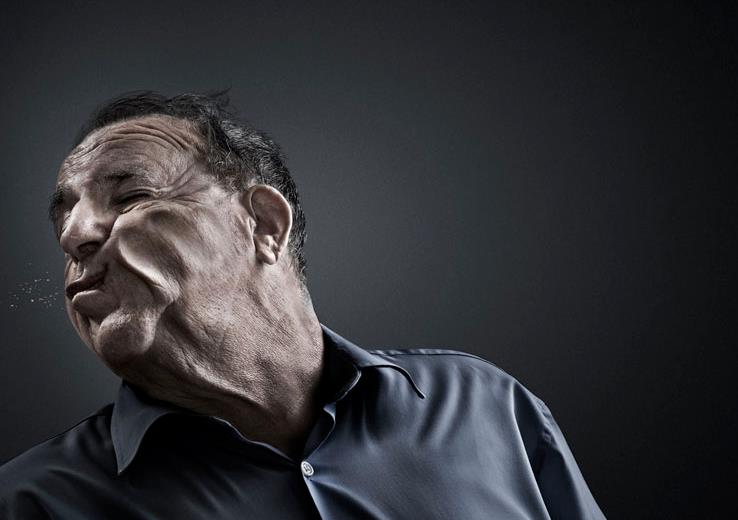

MATIJA ČOP
Matija voulait créer des vêtements qui s’inspiraient de types historiques sans s’appuyer sur des techniques de construction traditionnelles. Il s’est consciemment abstenu de tricoter, de coudre ou d’adhérer pour développer un système expérimental de fabrication: les scans 3D du corps sont manipulés à l’aide d’un logiciel de modélisation, transposés en motifs découpés au laser 2D, puis rationalisés à travers des scripts en formes qui peuvent être imbriquées comme un puzzle. pièces. L’objet résultant est un polyèdre complexe sans aucune couture. Plus important encore, le processus qui le crée est une variation entièrement originale du tissage avec des possibilités illimitées pour un design novateur et une nouvelle construction. En associant manuellement des centaines de pièces uniques découpées au laser à un savoir-faire techno-couture, il rend tangible une pensée ambitieuse et intégrée. L’œuvre de Matija esthétise la curiosité en s’efforçant constamment d’authentifier la possibilité d’une véritable innovation dans la mode contemporaine.




